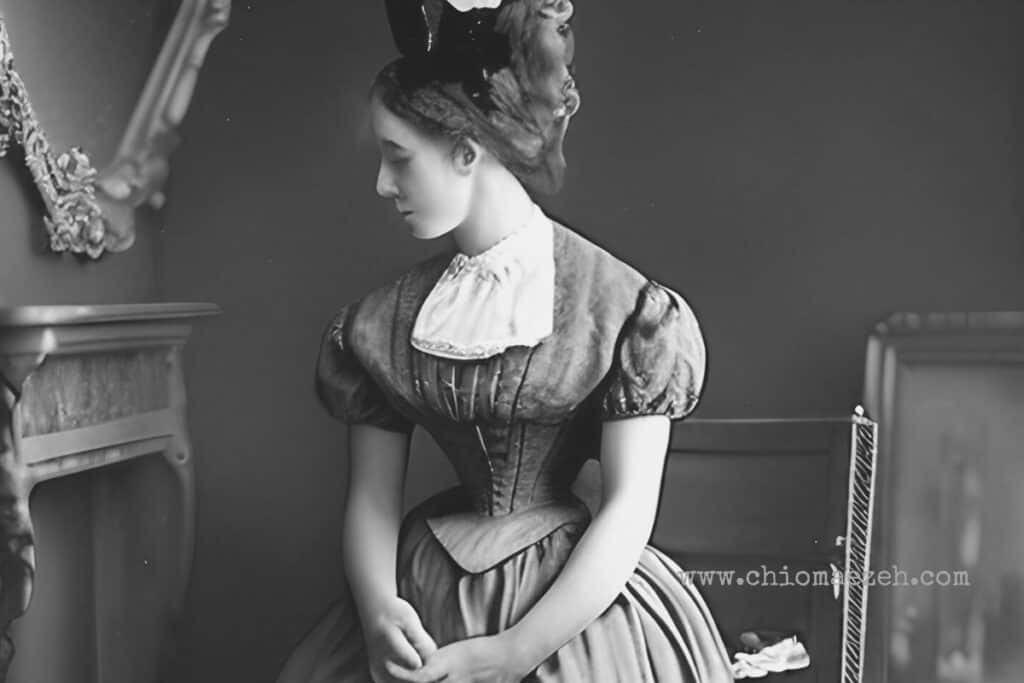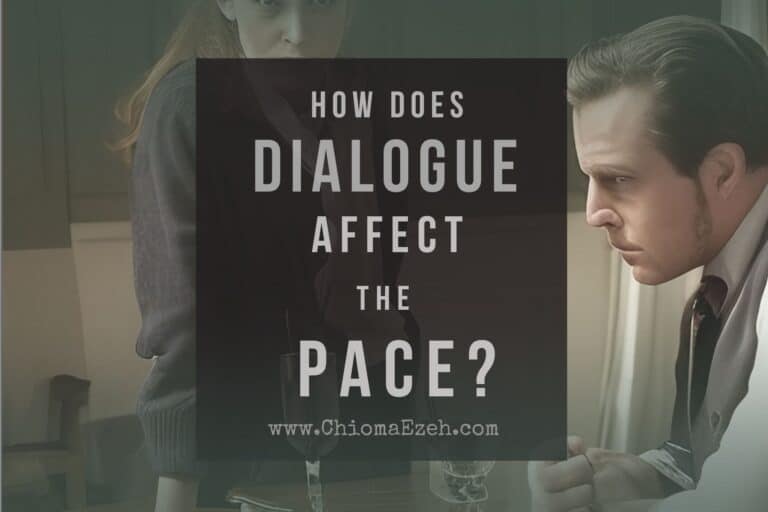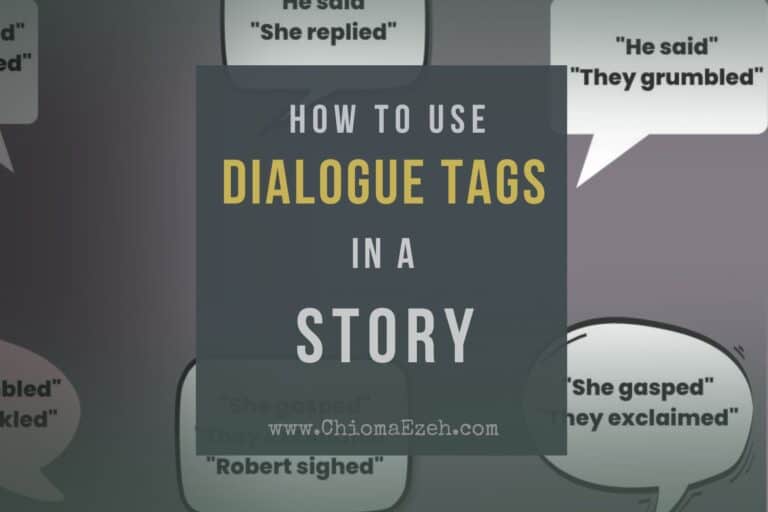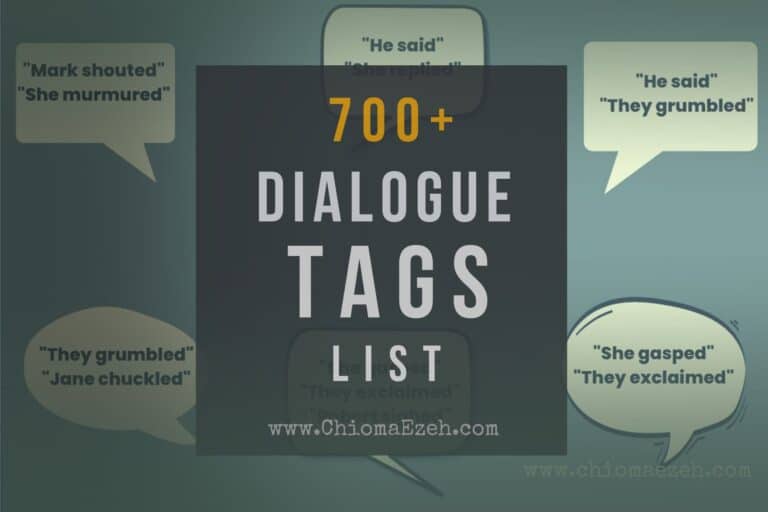Time Setting of A Story: Meaning, Types & Examples
Time is an important element of a story setting. Whether it’s real-world history or a made-up fantasy world, readers need to know when events are taking place in order for them to understand what is happening and why.
Without this information, stories become jumbled and confusing. In this post, we’ll discuss what the time setting of a story is, how to establish a time setting in your story, as well as things to consider when developing one in a fictional world.
👉Just learning about writing story introductions? See our complete guide on writing introduction in a story

Let’s Talk
Are you a writer aspiring to pen a masterpiece that never fails to captivate? Look no further. Reach out to us and uncover how we can help you to take your writing to unprecedented heights!

What is Time Setting In A Story?
Time setting refers to when a story takes place. It can be expressed in a few different ways, such as:
- A specific year or era
- A season of the year
- A month or day of the week
- The time of day (morning, afternoon, night).
Establishing a time setting helps readers to visualize the story and understand when certain events are occurring. It also sets up themes, expectations, motivations, and emotions that can be explored throughout the narrative.
Why Is the Time Setting Important In A Story?
The time setting of a story is important for several reasons. Firstly, it helps to ground the story in reality and provide context. Depending on when the story takes place, readers can expect certain events or outcomes due to their knowledge of history and/or culture.
The time setting can also help establish character arcs and convincing plot points. For example, if a story takes place during the 1960s, the characters may face societal pressures that weren’t around in other eras. This can lead to powerful character development and plot points as readers witness characters grow or struggle against these environments.
Again, the time setting of a story can also aid in worldbuilding. Depending on when the story takes place, a writer can create realistic elements like technology, clothing styles, and cultural norms that will give readers a sense of the world they’re reading about.
How To Establish A Time Setting Of A Story
There are several ways to establish a time setting in a story. One of the easiest is to simply state it at the beginning of the narrative. For example, you can say something along the lines of “It was a hot summer day in 19XX” or “The year was 20XX and winter had just arrived”.
Another way to establish a time setting is through the use of clues. This can be done through descriptions of the environment, such as mentioning current fashions or historical events. You can also use dialogue to establish a time setting, as characters may reference something from their past in order to give context for the present.
Lastly, you can also include flashbacks that move the story back and forth through different times. This allows readers to gain insight into the characters and their motivations, as well as understand how the past is influencing the present.
Things To Consider When Developing the Time Setting In A Fictional World
When you create a fictional world, try to think about what time it will be set in. Will it be based on a current era or an imagined one? How will the time period affect the technology, clothing styles, and culture of the world?
It’s also important to consider how characters may have been shaped by their experiences in that eras. For example, a character living through World War II may be more cynical or distrustful due to what they witnessed during this time.
That said, it is also important to think about how the time period can affect the overall story theme. For example, if your story is set in the past, readers may expect a certain level of progress or justice that the characters were not able to achieve at this time. This can lead to powerful messages about how far we’ve come and the work that still needs to be done.
Overall, time setting is an important part of storytelling that can help to set up themes, expectations, motivations, and emotions for readers.

Types Of Time Setting Of A Story
When it comes to time settings in a story, there are three main types: present, past, and future.
- Present – A present time setting is when the events of the story take place during the same time period as the reader. For example, if your story takes place in 2023, then that would be considered a present-day setting.
- Past – A past time setting is when the events of the story take place in a different era than present day. This can be any time period from thousands of years ago to just a few decades ago.
- Future – A future time setting is when the events of the story take place in a time period after present day. This can be any time period from just a few decades to thousands of years into the future. A story takes place on an interstellar space ship in 2120 would be considered a future-day setting.
While the types of time settings are broadly categorized, they can further be divided into:
1. Time period (year)
This setting establishes the current year of a story, which can provide readers with context for understanding events and outcomes. Examples include “It was 1986” or “The year was 20XX”.
2. Time period (era)
This setting is used to refer to a specific era in history, such as the Victorian Era or the Industrial Revolution. It can help to establish cultural norms and expectations for the characters in the story.
3. Time period (Day)
This setting establishes what day it is in a story, such as “It was a Tuesday morning” or “It was the first day of summer”. This can help to establish the current season and give readers an idea of how much time has passed since the beginning of the story.
4. Time period (Age)
This setting is used to refer to a specific age or era, such as “the Age of Exploration” or “the Renaissance”. This can provide context for certain events that occur in the story and how characters may be affected by them.
5. Time period (Moment)
This setting establishes a specific moment in time, such as “It was midnight” or “It was just before sunrise”. This can help to create tension and suspense for readers, as they can sense the anticipation of an upcoming event.
6. Time period (Season)
This setting can help to establish the atmosphere and mood of a story by referencing seasonal elements such as temperature or weather conditions. Examples include “This setting is used to refer to a specific season, such as summer or winter. It can provide useful clues for readers about the environment and character motivations. Real-time vs flashback: Real time refers to events
7. Time Warp
This setting involves characters traveling through time, either to a past or future timeline. This can be used to explore different eras and provide readers with insight into how the characters may have been shaped by their experiences in different times. It can also lead to powerful themes about fate, destiny, and the consequences of our actions.
8. Elapsed Time (Flashback)
This setting involves the story moving back and forth through different times, allowing readers to gain insight into characters’ motivations and how the past is influencing the present. It can be used to provide context for certain events or situations in the story.
Examples of Time Setting In Books
Example 1. Time period (year):
In the mystery story “The Curse of the Baskervilles” by Arthur Conan Doyle, the year is 1902. This provides readers with context for the setting, as well as clues and information about the characters.
Example 2. Time period (era):
In Agatha Christie’s mystery story “And Then There Were None”, the time period is set in the early 20th century.
Example 3. Time period (Day):
In Agatha Christie’s mystery novel “Murder on the Orient Express”, the story takes place over several days. This helps to create a sense of urgency as readers are aware that time is running out for the characters to solve the mystery before it is too late.
Example 4. Time period (Age):
In Mary Shelley’s classic horror novel “Frankenstein”, the time period is set in the Age of Enlightenment. This age was depicted by its scientific advancements and serves as a backdrop to the events in the novel.
Example 5. Time period (Moment):
Edgar Allan Poe’s “The Murders in the Rue Morgue” there is a specific moment of tension when characters enter a dark room.
Example 6. Time Warp:
In H.G Wells’ “The Time Machine”, the protagonist is able to travel through time and explore different eras.
Example 7. Elapsed Time (Flashback):
In Arthur Conan Doyle’s mystery novel “The Hound of the Baskervilles”, there are several flashbacks that help to establish context for certain events in the story.
Final Notes On Time Setting Of A Story
In conclusion, time setting can be used to establish contexts, themes, and emotions for readers. It’s important to consider how a story’s time setting may affect characters, plot points, and themes in order to create a rich and believable world. By using these different types of time settings, you can create powerful stories that will leave readers thinking long after they have finished reading.




![What is Dialogue in a Story? [Meaning, Types, Examples]](https://chiomaezeh.com/wp-content/uploads/2023/03/dialogue-in-a-story-1-768x512.jpg)

